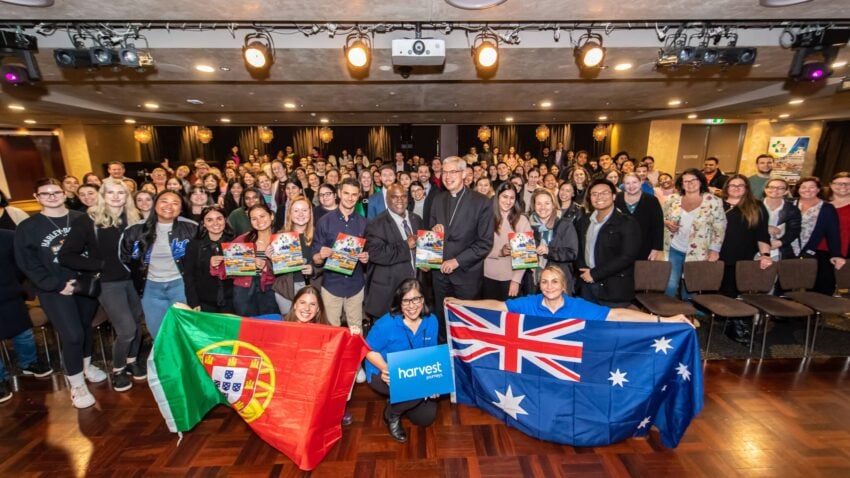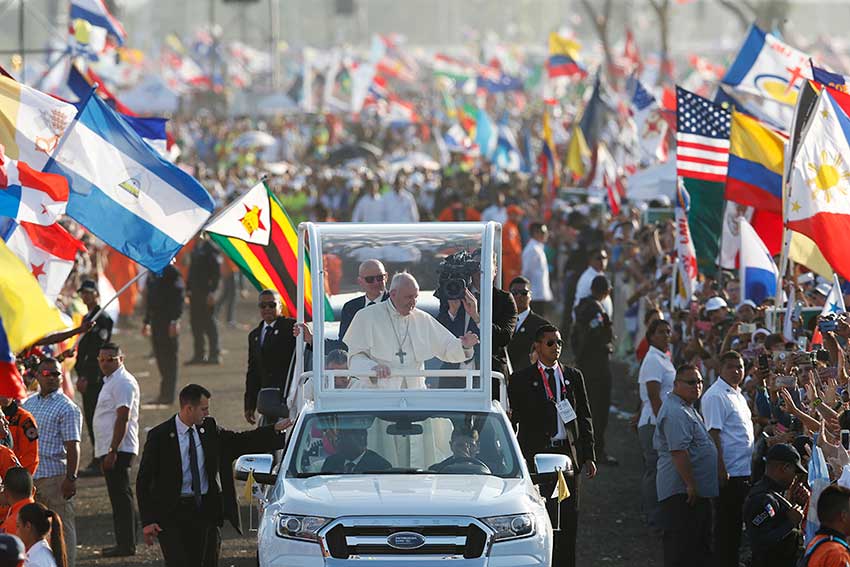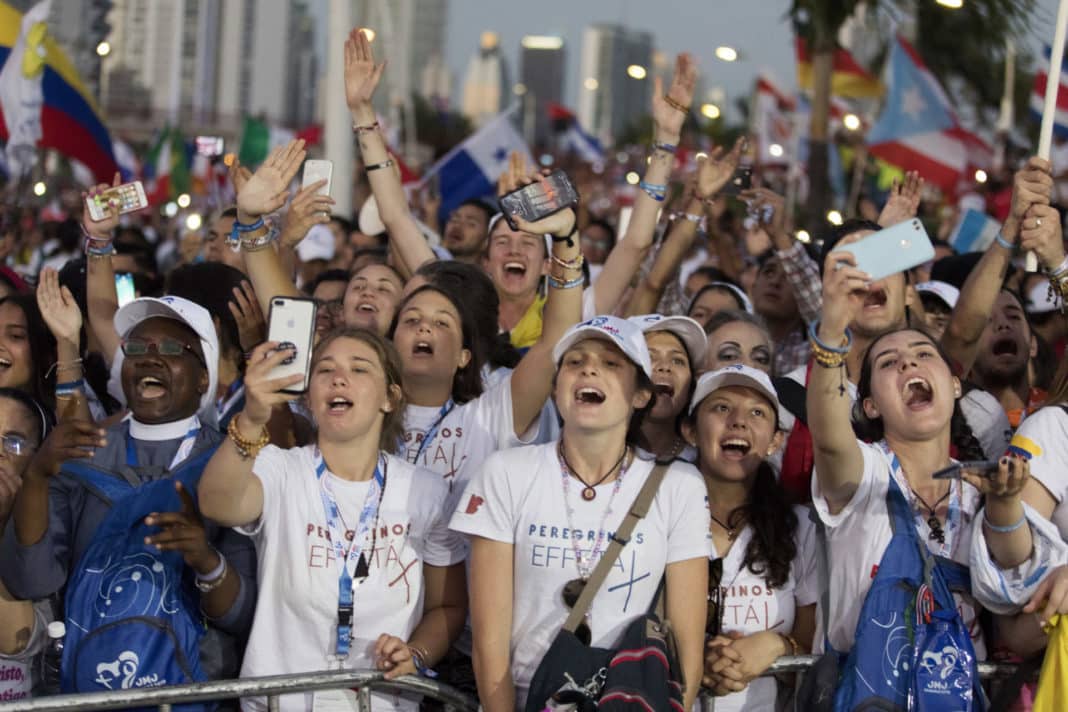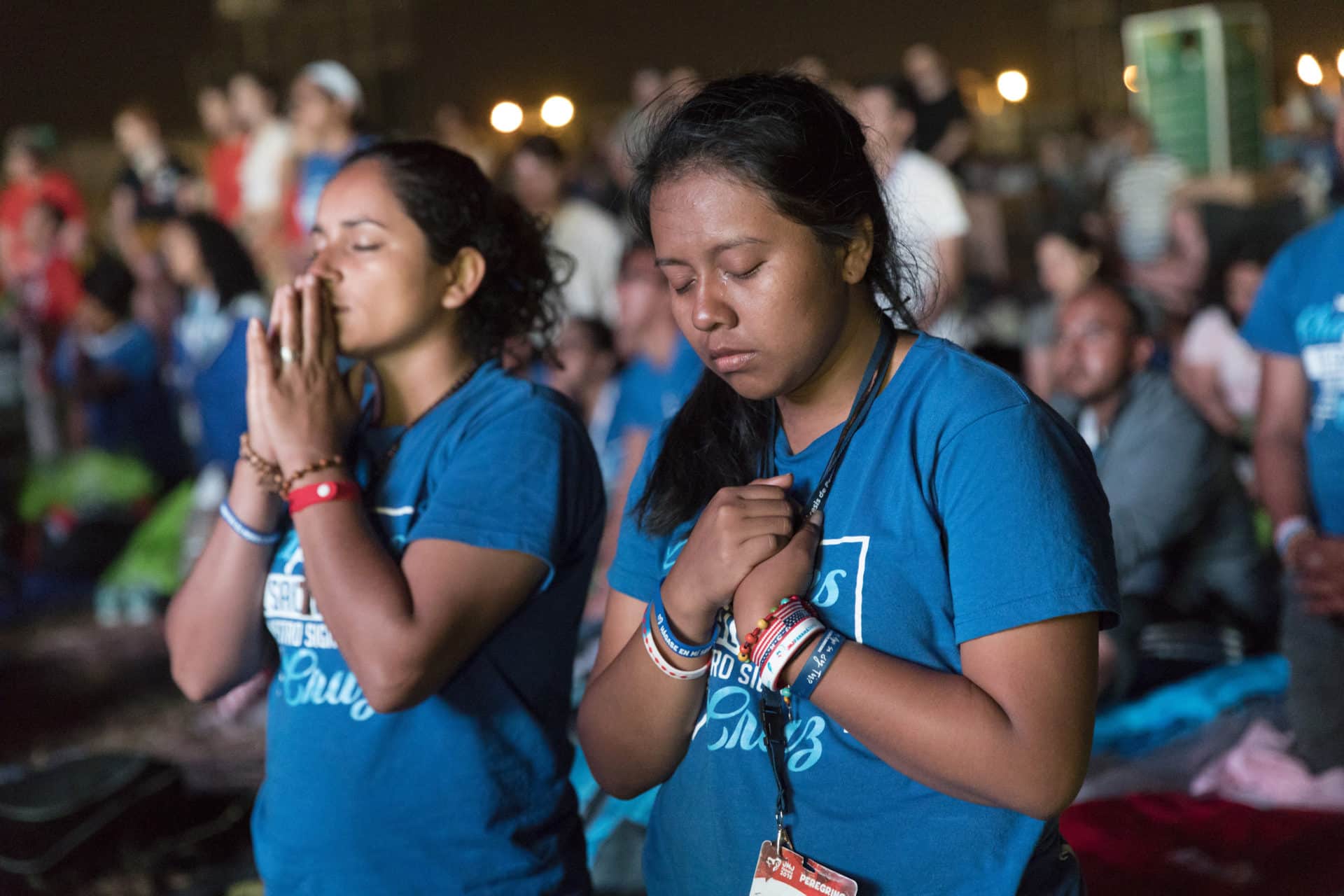
The largest gathering in the world is not just a religious experience but a life experience as well
The social distancing that we were each forced to bear during the COVID pandemic has had a significant impact on people’s desire to attend next year’s World Youth Day in Lisbon.
Unsurprisingly, as life returns to ‘normal’, there is huge interest in the international gathering.
In our humanness, we seek connectivity with others and a sense of belonging. A few years ago, Archbishop Anthony Fisher OP suggested that connectedness, solidarity, and spirituality were “deep-seated human needs” which were served in an unparalleled way by large scale events like World Youth Day and the Australian Catholic Youth Festival.
At these events, young people are not only concerned with making new social friends but also hope to connect with others through shared experiences and the opportunity to celebrate their faith together.
Many look to World Youth Day as a cathartic experience, a time when they might feel comfortable in expressing and sharing their faith with others, and in some instances, feeling proud of it.
World Youth Day is an enjoyable and rewarding experience, characterised by heightened levels of affective intensity; some of the religious experiences are often affirmed as being particularly powerful and as moments of encounter with the transcendent; the event’s structure and atmosphere are conducive to social bonding and a spirit of solidarity between pilgrims, and the strengthening and validation of pilgrims’ religious identity.

Religious gatherings like World Youth Day seek to draw participants into a consideration of existential questions and have as an objective, a deepened awareness of, or a sense of experience of the transcendent.
The religious dynamic, often perceived as a quest for the sacred, gives potency to the experience.
Participants draw satisfaction from the occasion because there is a sense of being part of something that is much greater than themselves.
The dynamics of the World Youth Day create an environment which is conducive to the promotion of religious socialisation and plausibility.
It may be considered a formative experience which marks participants’ enculturation into their religious tradition. This enculturation is a result of their immersion into Catholic culture through their experience of liturgy, prayer, catechesis, symbols and rituals.
While it is unquestionably a religious gathering, World Youth Day is a social gathering with powerful emotional and psychological dynamics.

The rituals are characterised by very high levels of positive emotional energy and this intense affectivity contributes directly to the validation of pilgrims’ social identity and the strengthening of their sense of group solidarity.
A dichotomy does not exist between the religious and social dimensions. Rather, there is a strong inter-relationship between them, which creates a powerful cumulative effect.
World Youth Day has become the largest regular gathering of young people in the world, attracting hundreds of thousands, and on occasions, millions of participants.
The size and scale of this Catholic religious event, and its generation of tourism and mass media coverage, help define the gathering as a mega-event with international significance.
The international gathering is synonymous with large crowds, and these crowds impact upon the event’s emotional intensity and the celebratory nature and tone of the event.
The ‘shared enthusiasm’ of World Youth Day pilgrims is not just characteristic of the gathering’s major liturgical and popular culture events it also reflects the casual and social interactions of the week itself.

Many of us would well remember the joy that the international pilgrims brought to Sydney in 2008.
While the experience of large crowds can be intimidating for some and claustrophobic for others, generations of World Youth Day pilgrims have attested to the ‘buzz’ that is felt when in a large crowd.
Both in the social atmosphere of unfocused crowds and in the moments of collective solidarity, emotions are magnified, social relationships are formed, and a genuine sense of community emerges among pilgrims.
Not only does this sense of belonging strengthen the religious convictions of many pilgrims, but it provides them with an affirming and enjoyable experience.
World Youth Day represents a genuine departure from the routine of everyday religious practices.
For many pilgrims, it is not just a peak religious experience, but a peak life experience, where they have had an awakened sense of value, purpose and meaning.
